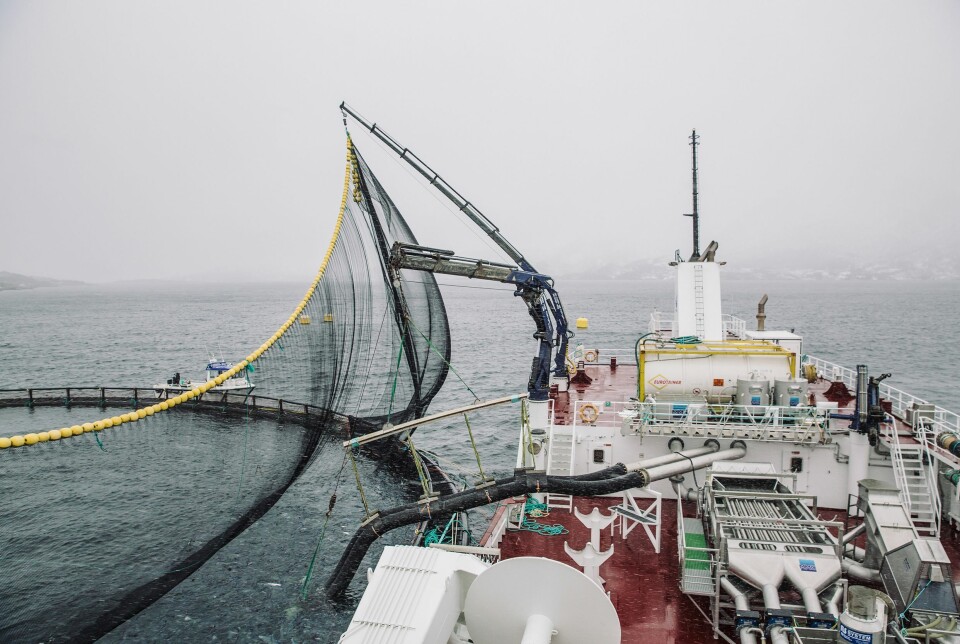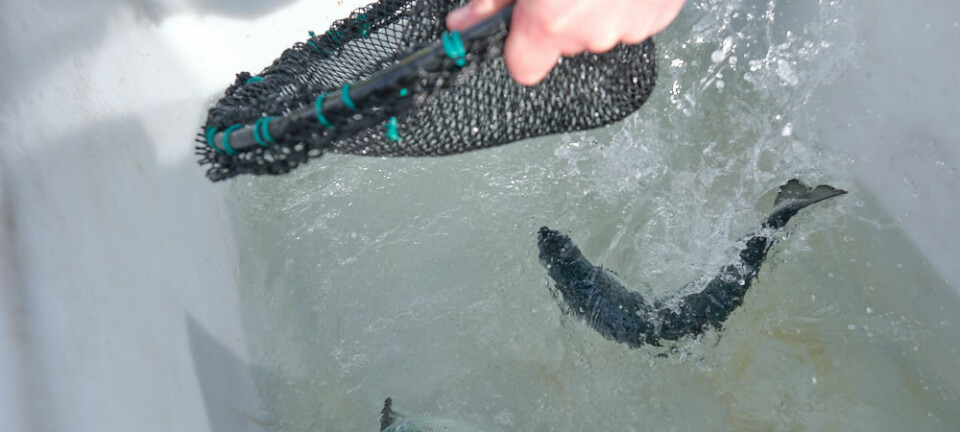
Seeking to ensure farmed fish don't get 'the bends'
Researchers who found that salmon developed clinical gas bubble disease (GBD) during a simulated wellboat negative pressure loading process are continuing work to expand knowledge about the issue.
GBD can occur when fish are exposed to water supersaturated with dissolved gases, such as nitrogen and oxygen, resulting in the formation of microbubbles in their tissues, blood vessels, and organs.
Sudden drop in pressure during wellboat operations can also cause the formation of gas bubbles because saturation of dissolved gases in the fish and surrounding water is turned into a supersaturation – similar to the “bends” in SCUBA divers or aviators who ascend too quickly.
Pressure changes
The development of GBD during simulated wellboat loading was observed in the Norwegian research project, NYBRØK. A follow-up project, NYBRØK II, has carried out several experiments to test how different pressure changes affect salmon and explore possible measures to reduce the risk of GBD.
“To keep the tests relevant for commercial operations, we designed them together with wellboat companies,” said Ole-Kristian Hess-Erga, project manager for NYBRØK II and senior researcher at NIVA, the Norwegian Institute for Water Research.
Although negative pressure loading is linked with GBD, early results suggest that ‘overpressure unloading’ combined with oxygenation did not trigger clinical GBD at the pressures tested, said Hess-Erga.
Recompression
Recompression after loading showed potential as a treatment, though the results were not conclusive, possibly due to suspected faulty test equipment.
“We suspect an air leak in the chamber affected the results. These tests will be repeated with improved equipment,” explained Hess-Erga.
With industry input, the researchers will also test whether short pauses during negative pressure loading can lower the risk of GBD compared with continuous pumping.
Read a longer version of this article in the current online edition of Fish Farming Expert magazine (pages 42-43).























































